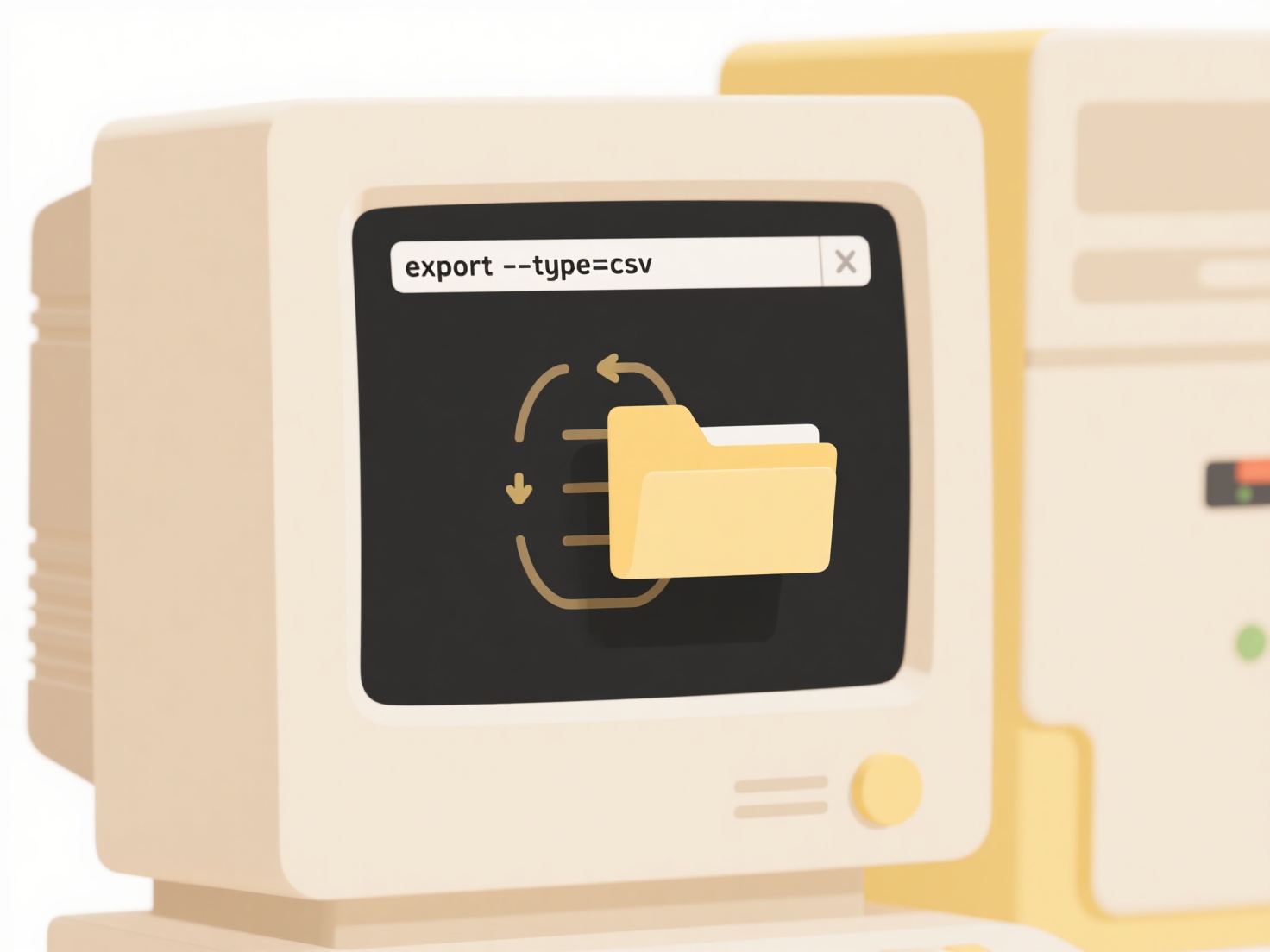
Common email systems often block executable and archive file extensions to prevent malware distribution. The most consistently blocked extensions include .exe (executables), .bat (batch scripts), .vbs (VBScript files), .js (JavaScript), and .jar (Java archives). File archives like .zip or .rar are also frequently restricted because they can conceal harmful content. Email gateways automatically filter these extensions as they are prime vehicles for viruses, ransomware, or other malicious payloads, differing from text or image files that pose lower inherent risks.
IT departments in financial services may block .docm or .xlsb files to avert macro-based attacks, while large corporations using platforms like Microsoft Exchange or Google Workspace prevent email-based data leaks by blocking .sql or .bak database extensions. Educational institutions typically restrict .scr (screensavers), which hackers misuse as executable malware disguises.

While blocking dangerous extensions significantly enhances security by halting mass malware campaigns and phishing, excessive restrictions can hinder legitimate workflows—forcing users toward cloud sharing links instead. Cybersecurity teams must balance blocking high-risk files with enabling productivity, continuously updating filters as attackers invent new file-type evasion tactics. Cloud email services increasingly use AI analysis alongside extension filtering for adaptive threat prevention.
What extensions are commonly blocked in email?
Common email systems often block executable and archive file extensions to prevent malware distribution. The most consistently blocked extensions include .exe (executables), .bat (batch scripts), .vbs (VBScript files), .js (JavaScript), and .jar (Java archives). File archives like .zip or .rar are also frequently restricted because they can conceal harmful content. Email gateways automatically filter these extensions as they are prime vehicles for viruses, ransomware, or other malicious payloads, differing from text or image files that pose lower inherent risks.
IT departments in financial services may block .docm or .xlsb files to avert macro-based attacks, while large corporations using platforms like Microsoft Exchange or Google Workspace prevent email-based data leaks by blocking .sql or .bak database extensions. Educational institutions typically restrict .scr (screensavers), which hackers misuse as executable malware disguises.

While blocking dangerous extensions significantly enhances security by halting mass malware campaigns and phishing, excessive restrictions can hinder legitimate workflows—forcing users toward cloud sharing links instead. Cybersecurity teams must balance blocking high-risk files with enabling productivity, continuously updating filters as attackers invent new file-type evasion tactics. Cloud email services increasingly use AI analysis alongside extension filtering for adaptive threat prevention.
Quick Article Links
What’s a good naming strategy for image assets?
A good image asset naming strategy applies clear, consistent conventions to filenames, making images identifiable and se...
What happens if I remove a file extension?
A file extension is the suffix (like .docx or .jpg) at the end of a filename, acting as an identifier that tells your op...
How do I organize research documents?
Organizing research documents involves systematically arranging information for efficient retrieval and analysis. It mov...